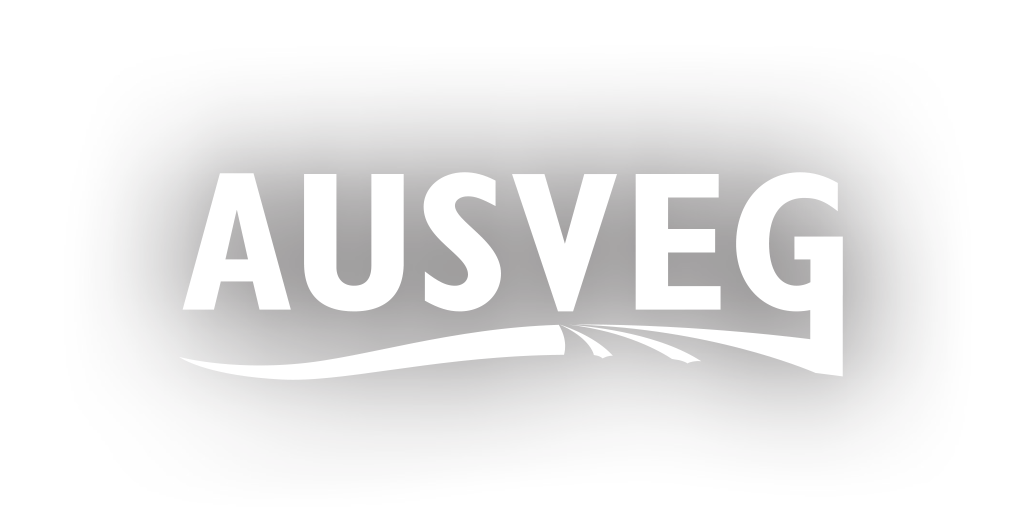AUSVEG Engagement and Extension team visits South Australia
Above: Members of the AUSVEG and AUSVEG SA teams at Marrone Fresh.
Last week, members of the AUSVEG Engagement and Extension team visited South Australia to run a workshop and visit vegetable and potato production sites across Adelaide Hills, Mount Lofty Ranges, and the Riverland region.
On Monday 12 November, AUSVEG SA and the levy-funded VegNET SA project, in conjunction with AUSVEG, PIRSA, Hort Innovation and Plant Health Australia, delivered a workshop to more than 35 growers and industry stakeholders. The workshop covered pest and disease updates for fruit fly and tomato potato psyllid, agrichemical pest needs, and smart trapping technology, and was accompanied by a farm walk to see first-hand the biosecurity measures used on the farm.
The next day, the AUSVEG team were given a tour of the South Australian Research and Development Institute (SARDI). The tour focussed on smart trapping technology, which is particularly useful for monitoring both exotic and endemic airborne insects and pathogens.
The next two days were spent meeting with growers and agronomists in Adelaide Hills and Mount Lofty Ranges to discuss endemic pest and disease concerns and gaps in agrichemical access. Major themes included integrated pest management, chemical rotation, pest migration patterns, and cover crops.
The team then travelled to the Riverland region to meet with agronomists and local vegetable and potato growers, speaking to industry members about the major issues for vegetable and potato pests in the region. Growers in the region have been trying several innovative approaches to maximise their profits and manage pests, such as planting early to capitalise on valuable markets and working out spray regimes that can support reduced hard chemical use.
The trip concluded with a visit to the local aquaponics facility, where Murray cod is being farmed to create nutrient-rich water for hydroponics plant production. By converting ammonia from fish waste, the facility creates nitrates to provide nutrients to plants – and produces plenty of fresh fish for local restaurants.
This post appeared in the AUSVEG Weekly Update published 20 November 2018. Subscribe to the Update using our online form to receive the latest industry news in your inbox every week!


